That's why the cat's pads move as if the fluffy cat smells something, and his paws are twitching and creeping, as if the cat is chasing a mouse.
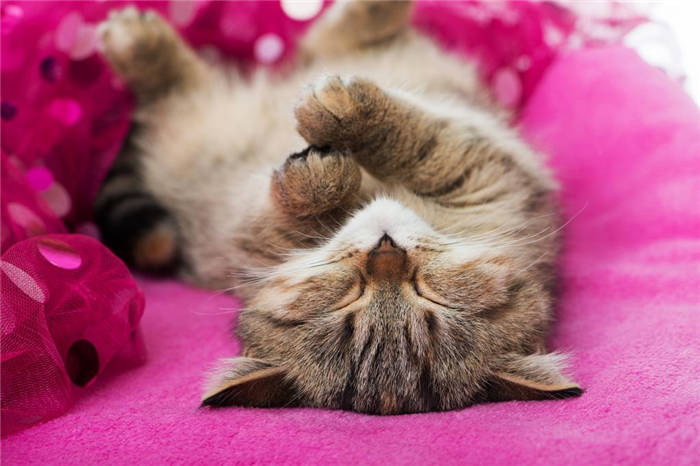
- Reasons
- 1. Involuntary muscle cramps
- 2. rapid sleep
- 3. Seizure
- Should you be concerned?
- Why cats twitch in their sleep and when it's a health hazard
- What can cause twitching?
- What causes cramps?
- Sleep stages in cats
- Feline Sleep.
- Light sleep.
- Deep sleep.
- Activated Sleep.
- Is it worth worrying about?
- More interesting articles
- When to be concerned
- The cat dreams of hunting or chasing
- Cat twitching – a consequence of muscle relaxation during sleep
- Is the cat twitching in its sleep – is it a cramp or not?
- Causes of seizures in a cat
- Brain damage due to injury, infection, tumor
- How cats sleep
- When should you worry?
Reasons
1. Involuntary muscle cramps
Involuntary muscle spasms can cause twitching. These are involuntary muscle movements that go from contraction to relaxation. These jerks can occur in any part of the cat's body.
Usually, when the tremors occur when the cat is sleeping, there is nothing to worry about. However, tremors can occur because of an underlying condition, although they are more likely to occur if there is a severe condition behind them.
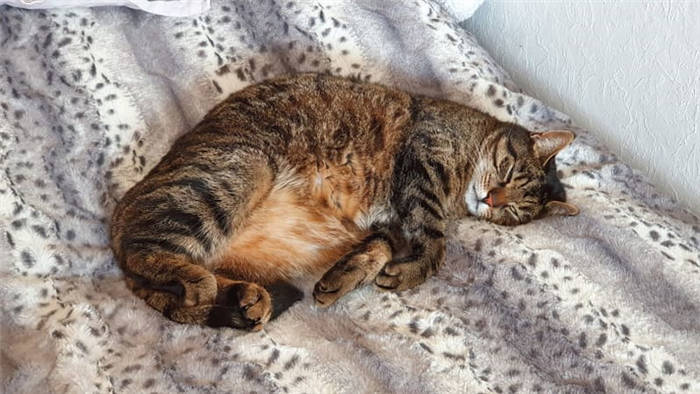
Tremors can be caused by genetic problems, trauma, certain medications, severe pain, and kidney failure. Inflammation, hypoglycemia, and toxicity can also cause problems. However, they usually cause twitching throughout the body when the cat is also awake.
2. rapid sleep
Like humans, cats also go through a rapid phase of sleep. This is a special stage of sleep, often referred to as "deep sleep. When you feel well rested, it is probably due to the fact that you have slept many times in the REM sleep phase. In humans, we can remember our dreams when we sleep in the REM sleep phase.
We don't know if cats dream. However, they do enter the REM sleep phase. Most of their sleep is REM sleep — more so than in the human sleep cycle. The average cat sleeps more than humans. Cats can sleep up to 16 hours each day.
Younger cats are likely to twitch more during rapid sleep than their older companions. This is because their nervous system is underdeveloped and cannot interfere with the cat's ability to move when it is in the fast asleep phase. This is similar to human babies, who mumble and twitch more often during sleep.
3. Seizure
There is also the rare possibility that your cat may have a seizure, rather than just a twitch in his sleep. Twitching and seizures can be difficult to distinguish, especially to the untrained eye. Many cats also lose consciousness during a seizure. So if you haven't seen your cat lose consciousness, it may seem like it's twitching in its sleep.
Should you be concerned?
Usually, if your cat twitches in its sleep, there is nothing to worry about. Cats twitch in their sleep all the time, just like people do. It's probably just a sign that they are in the fast asleep and dreaming phase (or some other feline version of dreaming). Cats have more time for REM sleep than humans, so they often move around a bit in their sleep.
However, cats are pretty good at hiding their illnesses. So if your cat is sick, you may not get many signs that something is wrong. For this reason, you should take any strange behavior seriously. If your cat suddenly changes its behavior and begins to twitch more in its sleep, it may be time to call the vet.
Why cats twitch in their sleep and when it's a health hazard

People have long assumed that animals dream. But now scientists have proved it. Experiments have shown that in our smaller brothers, just like in humans, sleep proceeds in an active and deep phase. And the brain also processes the information received during waking hours, generating dreams. A cat in a dream relives experiences, such as when it got into a fight with another cat, when it was chased by a dog, or when it was hunting a bird, when it was frightened by a sharp sound. When a traumatic experience is experienced, the cat has nightmares. She may growl, meow, or shake her whole body.
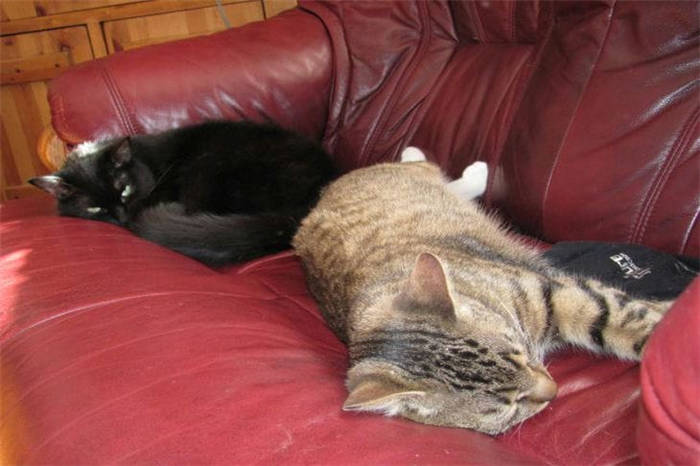
Should a cat be woken up if it has a nightmare? You shouldn't, because the cat will not immediately know if it's dreaming or real. Due to disorientation, a pet may attack a person or another pet simply by confusing it with the monster from the dream. The greatest activity during sleep is seen in animals that have experienced a stressful situation – a move, a repair, a visit to the vet, a change of owner, an encounter with someone else's dog. Vigorous activity, such as playing, also provokes violent dreams, especially in kittens.
What can cause twitching?
A sleeping cat can twitch for a variety of reasons. In order for the doctor to be able to narrow down the possible sources of this phenomenon, close observation of the pet is exactly what is required.
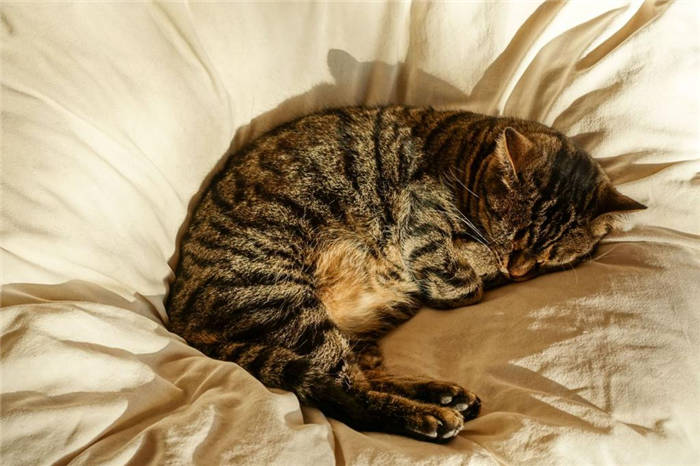
Twitching cat while resting is most often caused by the following:
The presence of muscle spasms, pronounced cramps, and limb twitching is always a signal of serious illness. Unlike the simple twitching and reflexive twitching of the paws, this condition is not caused by a dream or stress.
What causes cramps?
A cat jerks convulsively in its sleep due to the presence of an internal disease or a pathological process caused by parasites. The most common causes of twitching are:
- tumors;
- inflammation of the lymph;
- diseases of the brain;
- mental pathologies;
- deficiencies in calcium or other substances;
- Peripheral nervous system disorders;
- parasite infestation and others.
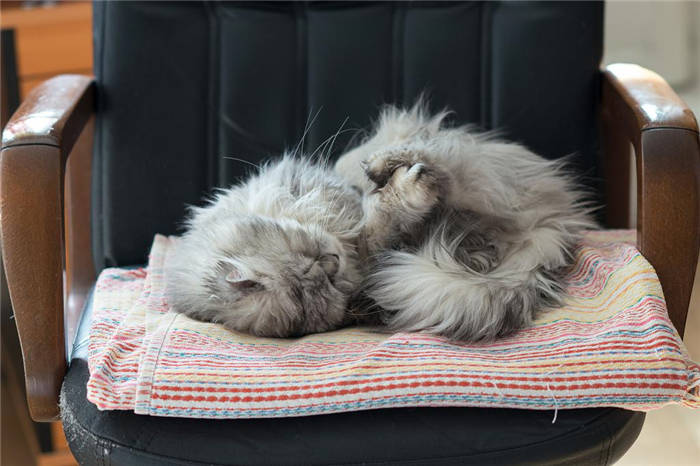
In figuring out why cats twitch in their sleep, doctors identify specific diseases, which include:
- non-pulmonary meningoencephalitis;
- Cerebral ischemic encephalopathy;
- viral infectious peritonitis;
- toxoplasmosis;
- hyperparathyroidism;
- helminthiasis;
- ticks and fleas;
- Excessive medications or other drugs and supplements in the blood;
- microstroke;
- vitamin B deficiency;
- urolithiasis;
- renal insufficiency;
- anemia.
Each of these diseases is very serious, but the most dangerous are meningoencephalitis, encephalopathy, and peritonitis.
Sleep stages in cats
On average, cats sleep 15 hours a night compared to the eight hours of sleep humans should get. Sleep helps them regain their strength and supports their immunity and overall health.
Feline Sleep.
The easiest phase is the short "cat nap." During this phase, they are very aware of their surroundings. You may notice that when your cat is napping, its ears are still turning in response to sounds.
Wild cats originally used it as a natural defense mechanism and passed this behavior on to modern pets.
Light sleep.
Awareness with it lies between drowsiness and deep sleep. Tailed pets are still able to pounce on their prey at any time if they need to.
It lasts an average of 25 minutes, after which deep sleep follows.
Deep sleep.
Another name for it is the "rapid eye movement" (REM) stage. When cats do sleep, they go from light sleep to deep sleep and back again. It lasts only 5-10 minutes, during which time cats twitch and are likely dreaming. You may also notice that the pet is always more difficult to wake up.
Cats may not go into a deep sleep if they are uncomfortable or feel threatened. To create a conducive sleeping environment, be sure to provide her with a bed or other soft, raised sleeping space. This will help keep cats from being distracted by irritants such as children or other animals.
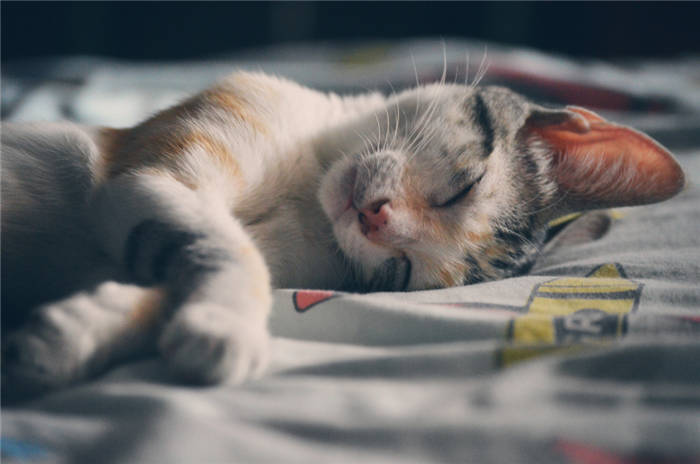
The sleeping place should be in a relatively cool room. If the temperature is too cold, the cat may curl up in a ball to sleep. If the temperature is warm, they sleep in a more relaxed position.
Activated Sleep.
Kittens have a fourth stage of sleep. During it, the baby's nervous system is active (whereas during the normal one it is at rest) and the baby may have more pronounced twitches than usual.
Is it worth worrying about?
If your cat twitches in his sleep, you may be concerned that the condition is something serious. They may be moving their ears, paws, kneading the air, and making various sounds.
There are several theories about what causes this. Some people believe the twitching is involuntary muscle spasms, while others believe that cats twitch during the REM sleep stage.
But all agree that this is normal. There is no reason to see a specialist about your cat's twitching unless she is lethargic, has a decreased appetite, is vomiting, or is difficult to wake. These could be symptoms of other serious illnesses.
Full-body stiffness and frequent twitching may indicate that your cat is having a seizure. However, seizures don't only happen during sleep, so you're likely to notice them while you're awake as well.
Remember, cat twitching during sleep is usually not dangerous.
It can even be fun to watch! Moustached pets help us cope with anxiety and stress accumulated during the day. Admittedly, we all envy the fact that cats sleep much more than we do and don't worry about anything.
More interesting articles
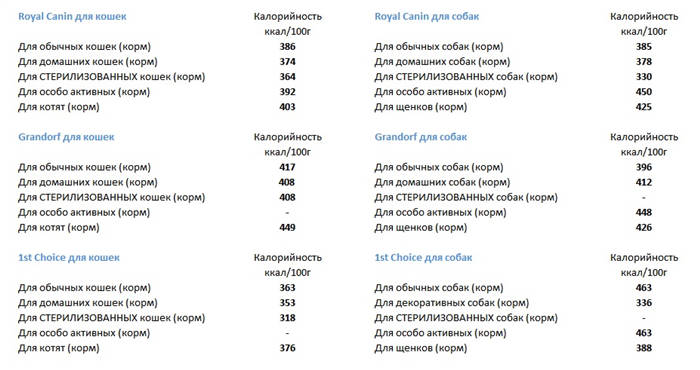
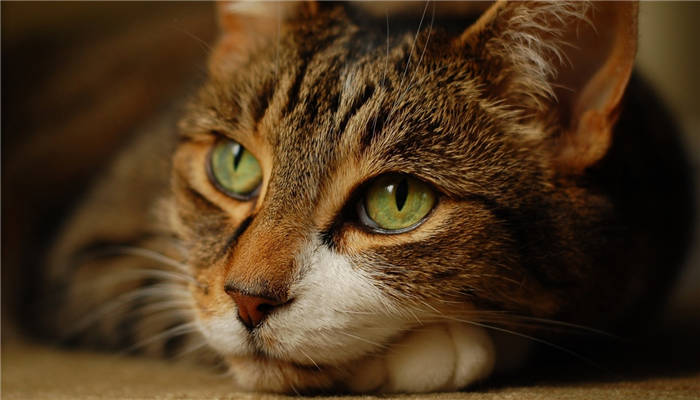
Sentry soothing collar with pheromones
How Sentry works on dogs and cats and why it has a calming effect. In what situations the animal may need such a collar. Features of use.
When to be concerned
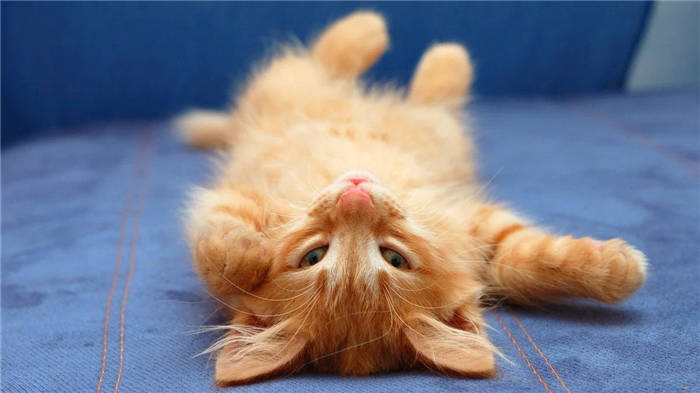
If the cat's seizure activity is persistent, it may indicate a health problem:
In addition, the pet looks unhealthy: thinness, dull coat, lethargy, poor appetite and vomiting, dry mucous membranes, thirst and shortness of breath, often there is a high body temperature.
In such a case one should not put off going to the veterinarian.
The main thing that the owner must do is to distinguish safe cramps from the symptoms of disease.
The cat dreams of hunting or chasing
The answer to the question of whether animals can have nightmares, scientists got half a century ago. After conducting a series of brutal experiments, French biologists discovered that the cat brain works exactly like the human brain during rest.
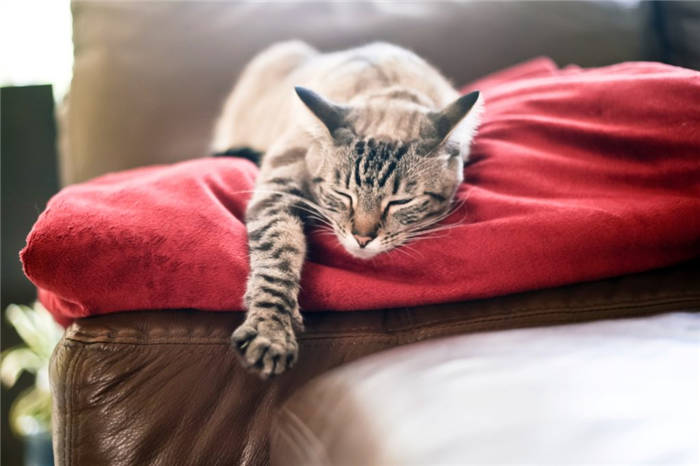
Cats also have phases of shallow and deep sleep, when they, like their owners, "scroll" in their head the events of the day to "rewrite" information from short-term memory to long-term. Moreover, just like in humans, a certain part of their brains is specially designed to restrain the animal's muscles while it is asleep. When it malfunctions, the cat begins to move in his sleep. Why does this happen and is it dangerous?
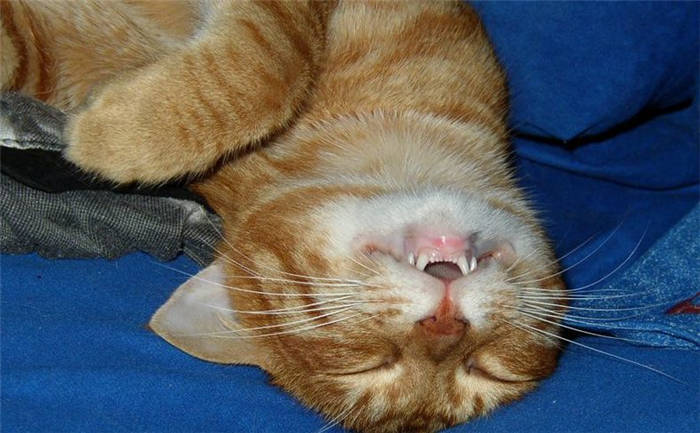
With advances in brain research, it has become clear that cats experience emotions similar to those of humans. Extreme joy, fear or anger in response to sleep stresses the cat's nervous system, which ceases to fulfill its 100% safety "paralyzing" function. In a healthy cat, this is expressed in the slight twitching of the paws and tail. Usually by the amplitude of the movements you can tell what the cat is dreaming about: the chase, the hunt or the fight.
Read also: How many times a day should a cat normally pee, why he rarely goes to the toilet as a little?
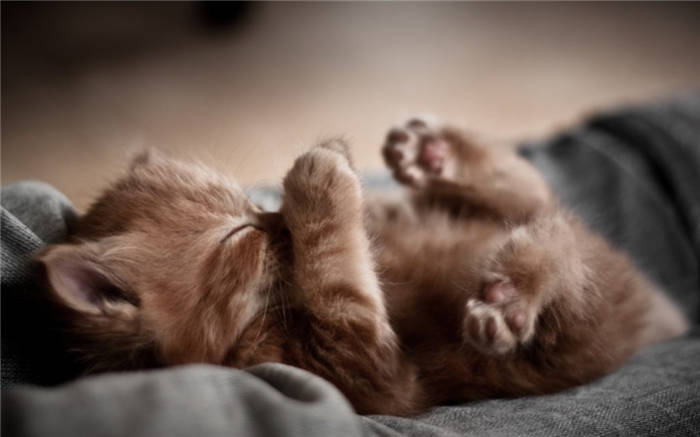
Often this is observed in kittens, whose nervous system is not yet fully formed. For the same reason, babies under a year and a half twitch in their sleep much more intensely than adult animals. There is no need to wake them up. Whatever the beast is dreaming, suddenly bringing it back to reality can disorient it, but in no way calm it down. It is better to wait until the cat gets up on its own. If the animal will show concern under the impression of the dream, you can cheer it up with affectionate words or give it a tasty treat.
Cat twitching – a consequence of muscle relaxation during sleep
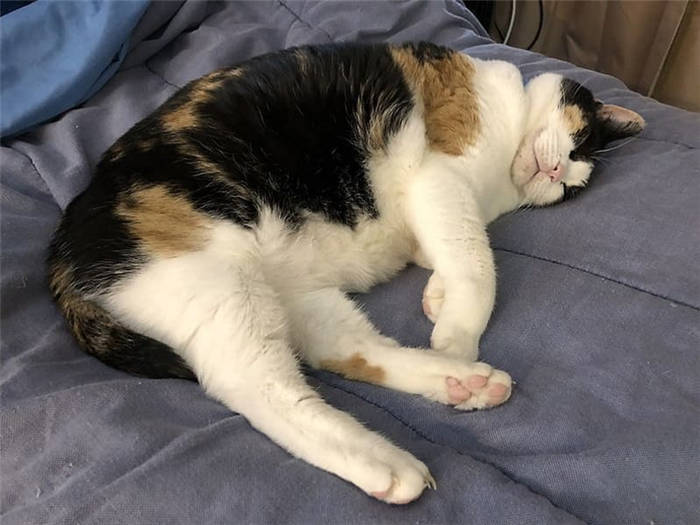
As modern research shows, it is not only emotional stress that causes animals to twitch in their sleep. Much more often it is due to physiological reasons.
When a cat goes into a deep sleep, its tense muscles begin to relax. From the outside it looks as if the cat has a mild cramp. There is nothing dangerous in the phenomenon itself. The main thing is to take precautions by moving objects away from the sleeping cat that may hurt it while it is asleep.
Is the cat twitching in its sleep – is it a cramp or not?
Almost every owner of a kitten or an adult cat has at least once observed his/her pet twitching in its sleep. This condition cannot be considered a cramp in the literal sense of the word, because twitching does not cause pain to the animal and is not dangerous to its health. During the research, scientists were able to find out that cats, like people, have dreams. They may be associated with hunting, exploring unfamiliar places, communicating with congeners. That is why animals often make during dreams characteristic paw movements, as if running somewhere.
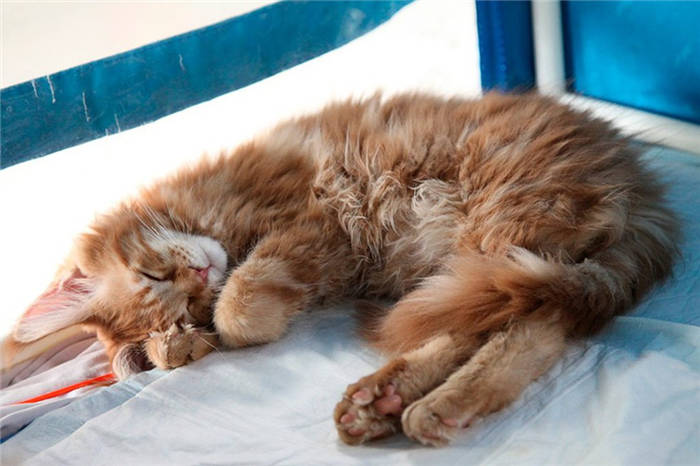
When a pet sleeps, it may have twitching eyelids, lips, whiskers and ears, moving eyeballs under closed eyelids, twitching hindquarters, shaking tail. At the same time he may make various sounds. This is a normal reaction of the body during sleep, which goes away on its own after waking up, without having a negative impact on health.
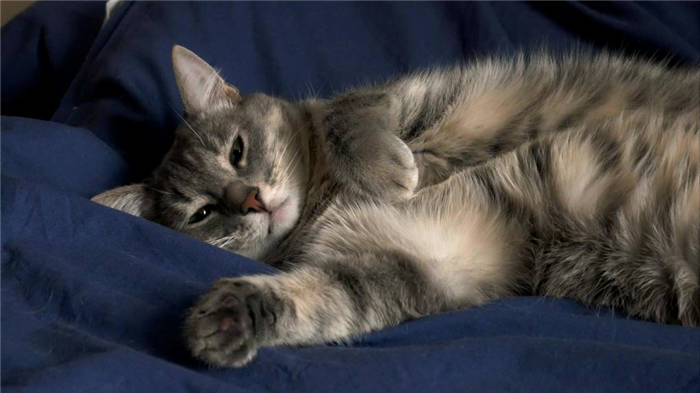
If a sleeping cat has excessive convulsions, its paw movements are chaotic and it wriggles as if it has been struck, it is recommended that the cat be taken immediately to the vet.
Causes of seizures in a cat
Seizures in cats are not always harmless. They usually accompany various pathological processes, and some of them are deadly for the animal. In order not to put the life of a four-legged pet in danger, do not wait until the convulsions become too frequent, you must show him to the vet at the first episode of involuntary muscle contraction.
Brain damage due to injury, infection, tumor
When the cat's brain is affected by trauma, the cat will have seizures that are combined with other symptoms:
- loss of consciousness;
- pallor of mucous membranes;
- Swelling and bruising in the affected areas;
- twitching of the eyeballs;
- dislocation of the lens;
- repeated vomiting;
- loss or impairment of movement of individual muscle groups.
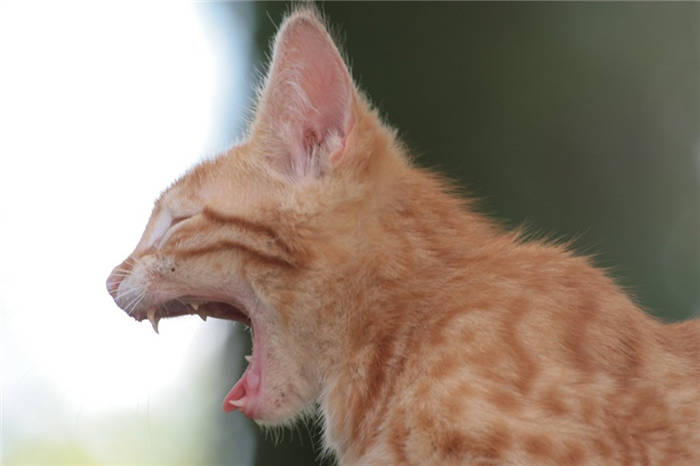
In the case of a head injury, improper independent actions can lead to dire consequences. Sometimes, when a cat is injured relatively easily, there may be no external changes in its behavior and condition. They appear only after a long time, and usually the owners of the animals do not connect these two facts.
In the initial stages of pet brain cancer, there are no clinical manifestations. As the tumor grows, it begins to squeeze adjacent areas. As a result, the animal's behavior changes, his limbs often cramp, other parts of the body twitch, and various neurological disorders appear.
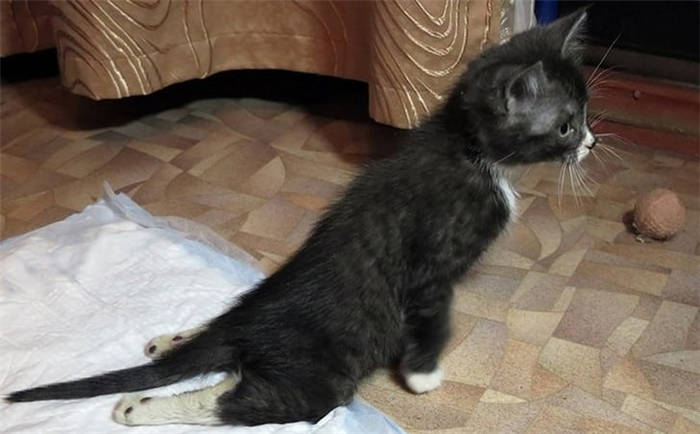
If the seizures are combined with paralysis, the cancer cells may have invaded not only the brain but also the spinal cord. The symptoms of malignant neoplasms in the brain are similar to the clinical picture of rabies, so it is recommended to isolate the cat until the visit to the vet and make an accurate diagnosis.
How cats sleep
Cats sleep a lot and happily for 12-18 hours a day. And not always peacefully.
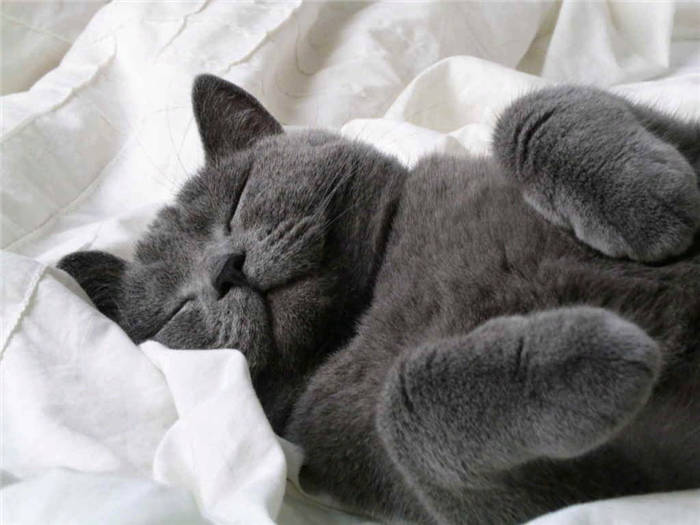
This is especially evident in older kittens. Having acquired impressions and new emotions during the day, the little ones may twitch weakly, as if they were running somewhere. No need to worry, just the nervous system of kittens has not yet strengthened.
As for adult cats, slight startling and twitching of paws is not an indicator of health problems in a cat.
It turns out that our pets can dream, too. They experience emotions in their sleep: fear, joy, anger, and fright.
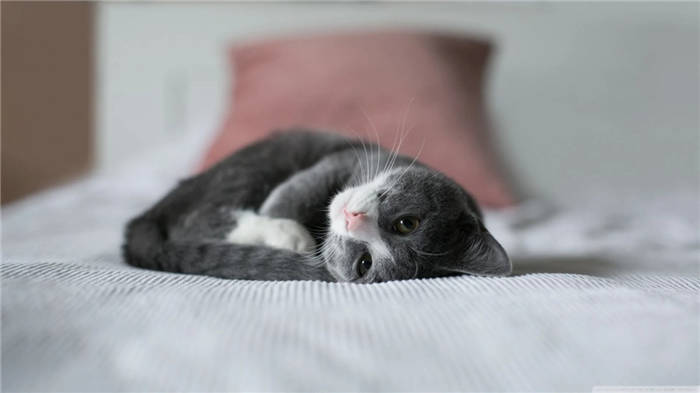
If your pet purrfect cat is "running" somewhere in her sleep, rolling her eyes under her eyelids and moving her ears, then there is no need to wake her up. Let her at least hunt in her sleep.
When should you worry?
Mild twitching is not a cause for concern. But if a cat has cramps while sleeping, you should see your veterinarian.
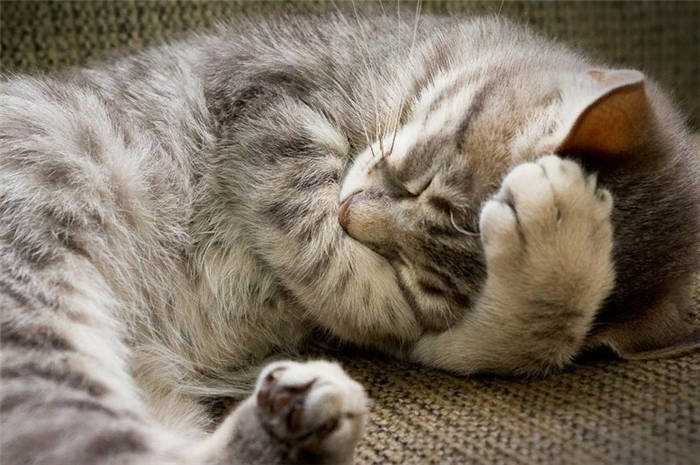
There are specific signs of seizure-like involuntary contractions of the body muscles:
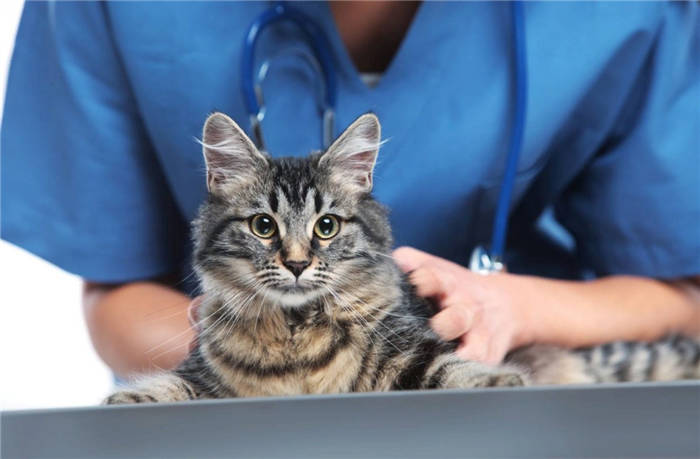
- Abrupt and rapid twitching of paws;
- loud cries of pain;
- twisting of the limbs;
- dilated pupils;
- urinary incontinence;
- foaming at the mouth.
The appearance of seizures and convulsions indicates serious illness, including epilepsy. During a seizure, the cat will roll its eyes and lose consciousness.
Seizures can be a sign of a brain tumor, heart and lung malfunction, acute poisoning, and a lack of vital elements.
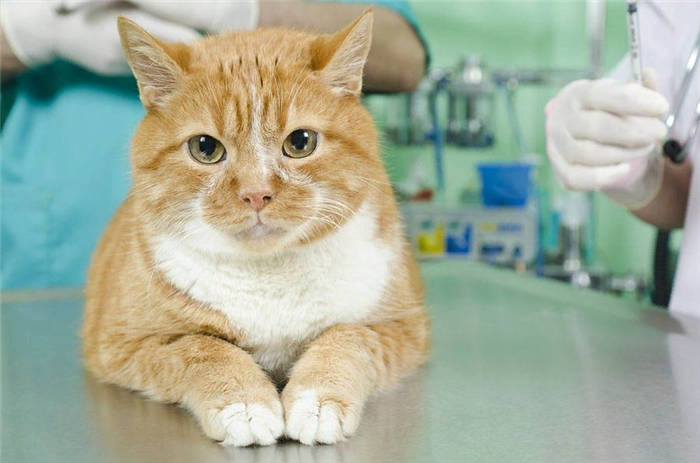
1. Remove sharp and fragile objects near the animal. They may fall and injure the cat.
2. Calm the cat with gentle words and strokes. If the cat is not aggressive, you can pick it up.
3 Protect a cat that has had a seizure from noise. Allocate her to a quiet room (bedroom) so she can come to her senses. Do not disturb the pet. He will come out on his own when he wants to and recover from his fright.
4. Don't feed the cat immediately after cramping, the GI tract may not be able to handle the food.
5. Take the poor cat to the vet for a checkup as soon as possible.Be attentive to your pets health, even when they are sleeping.






